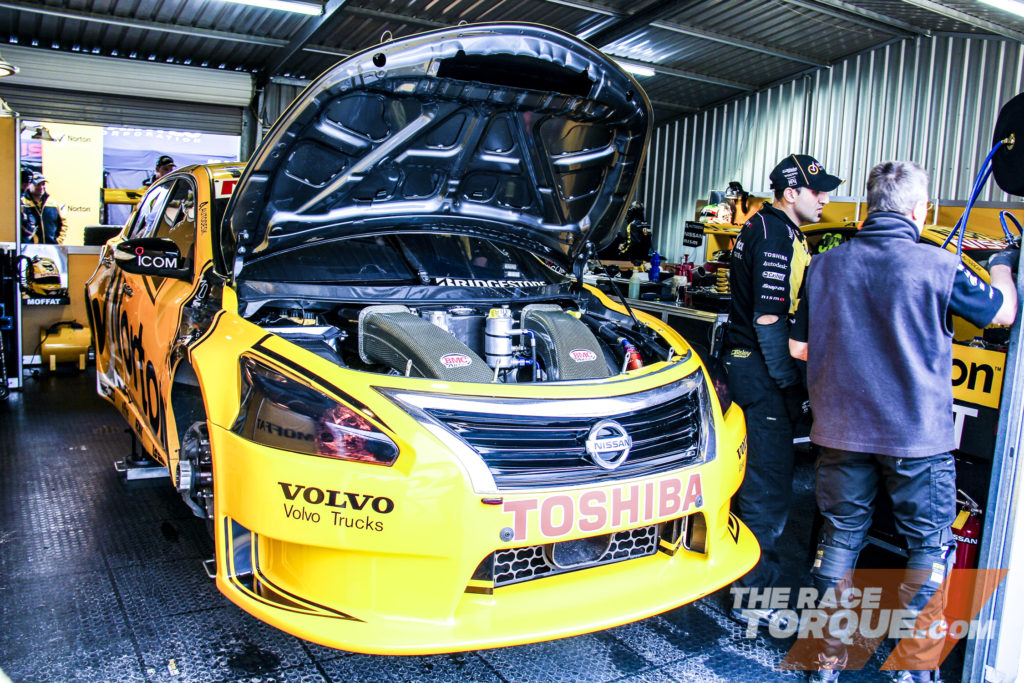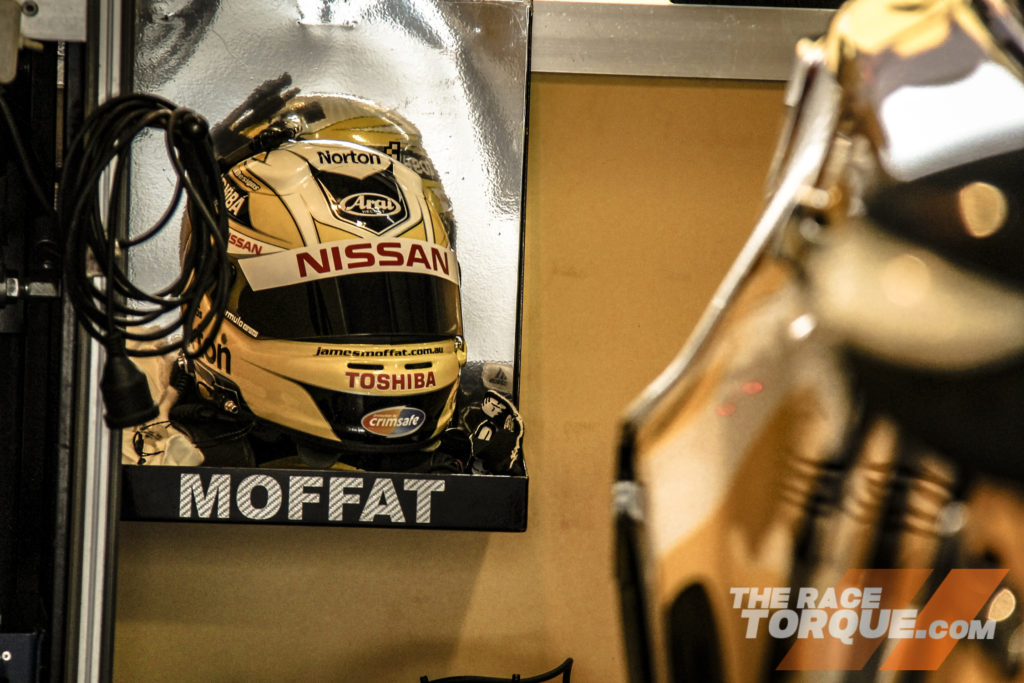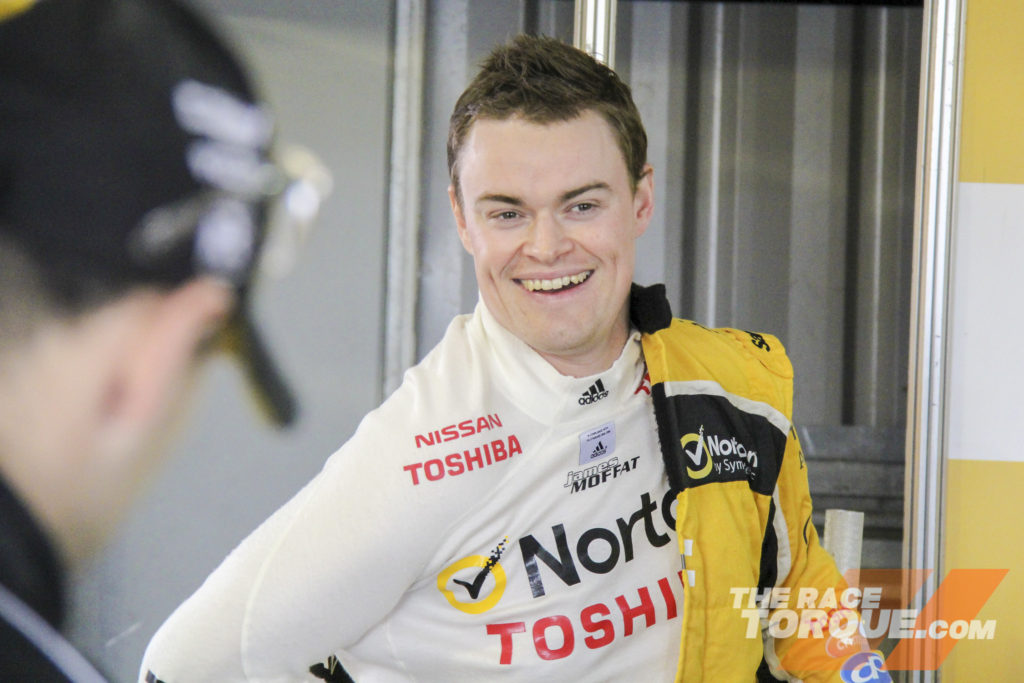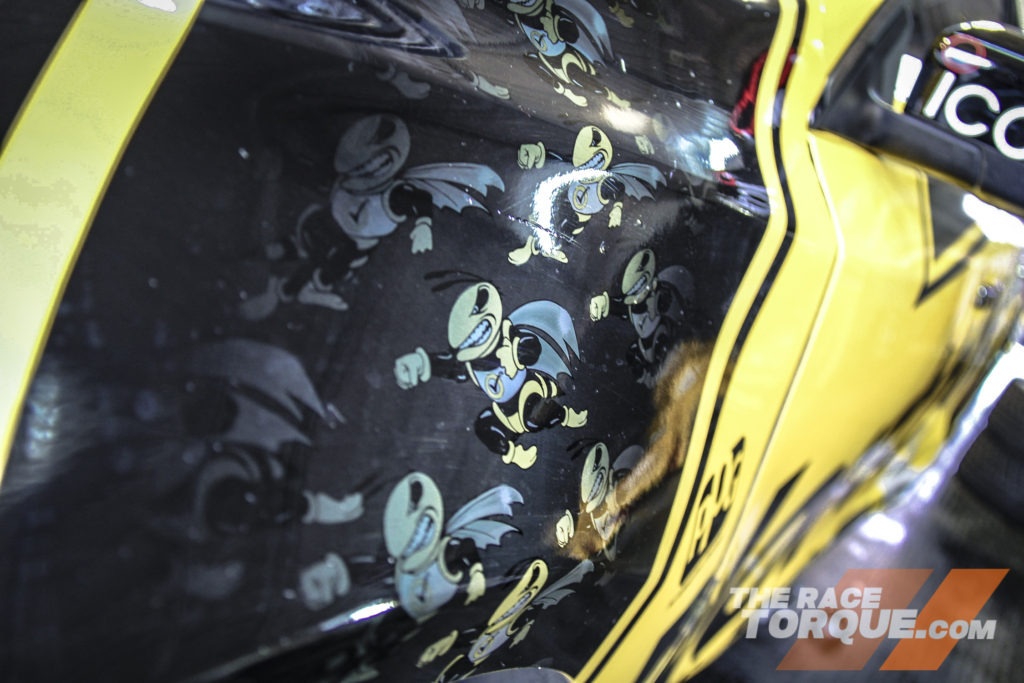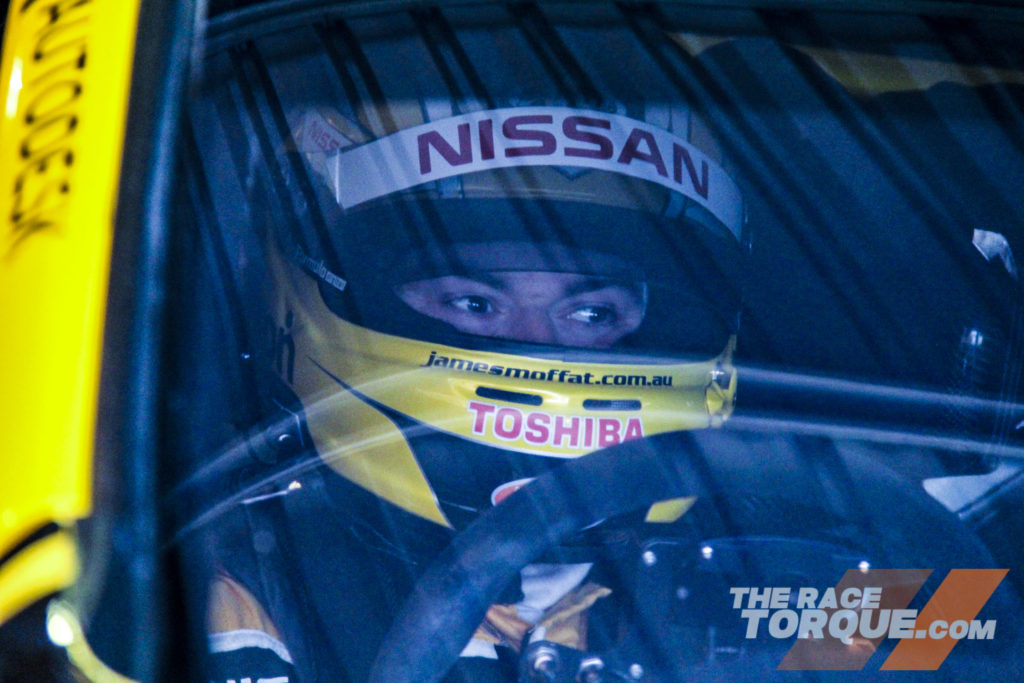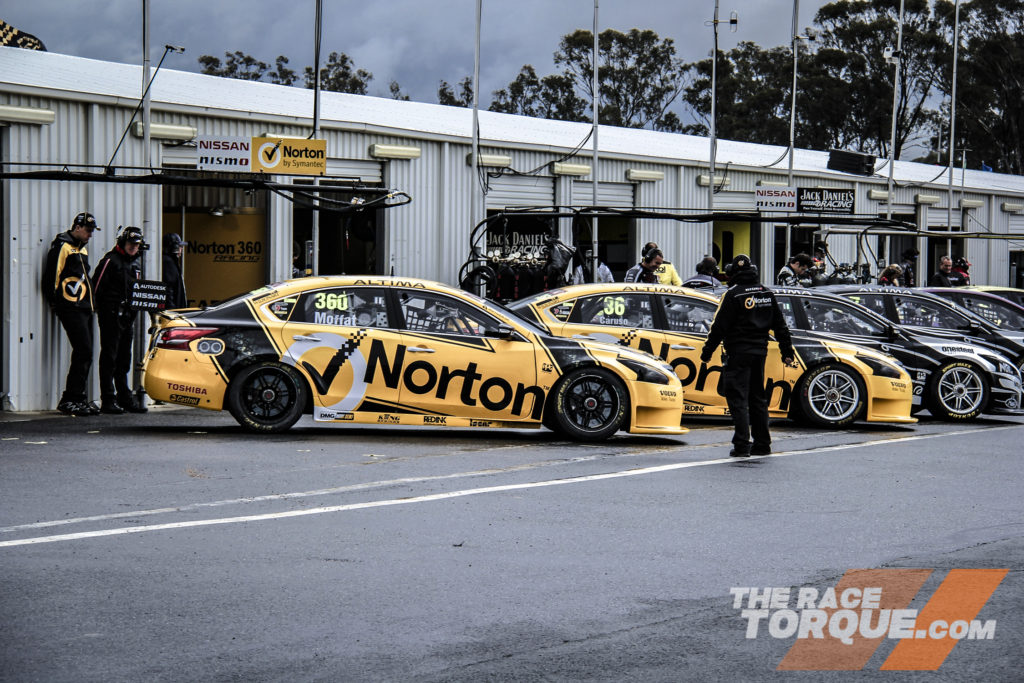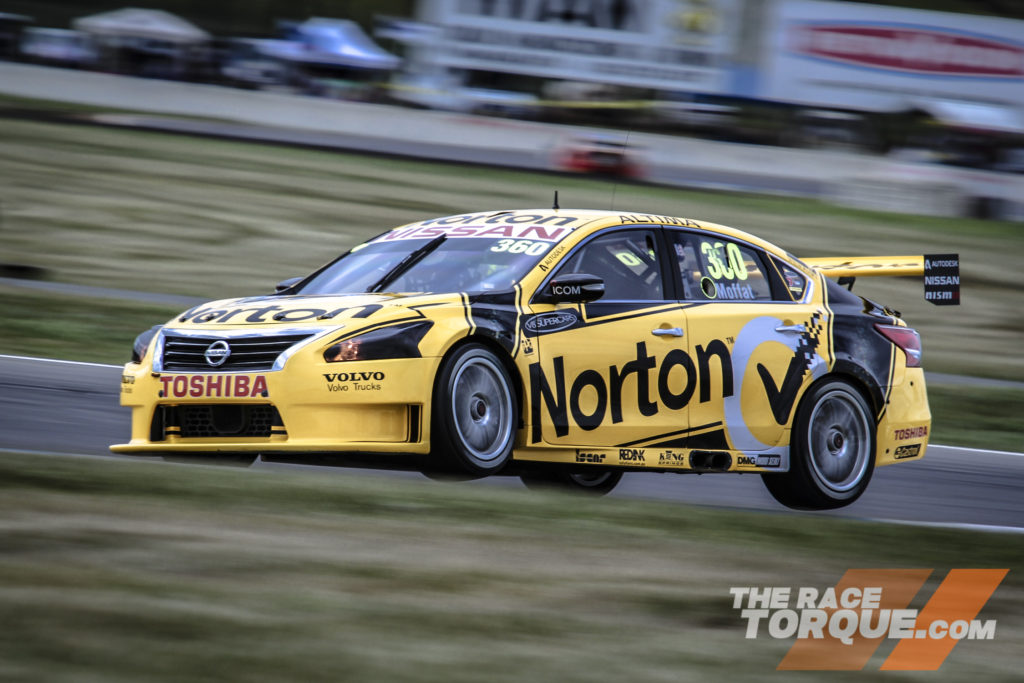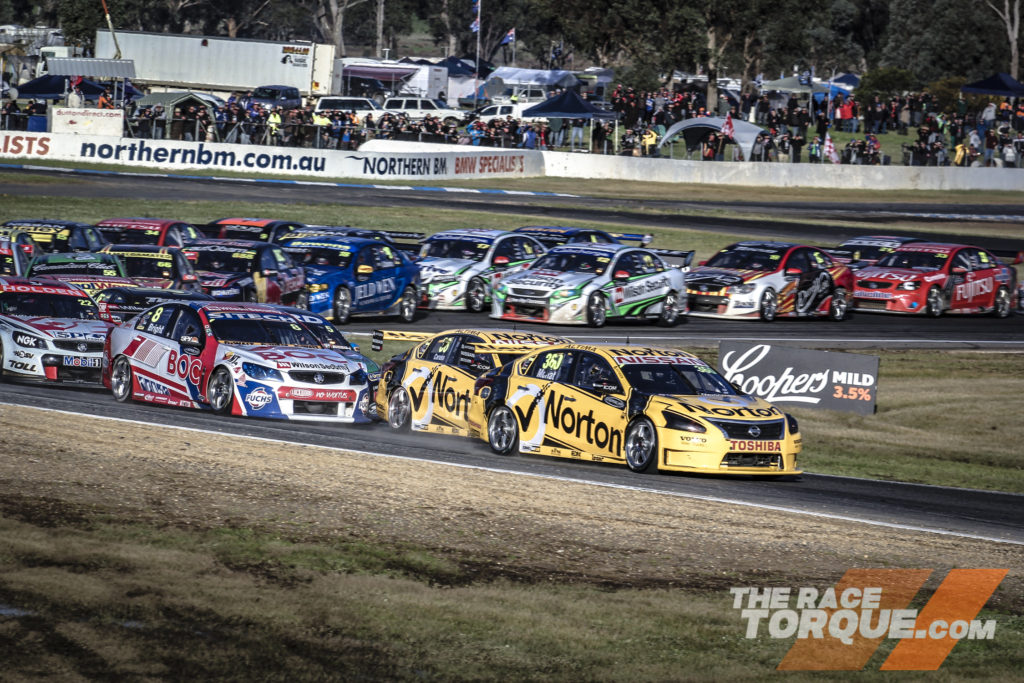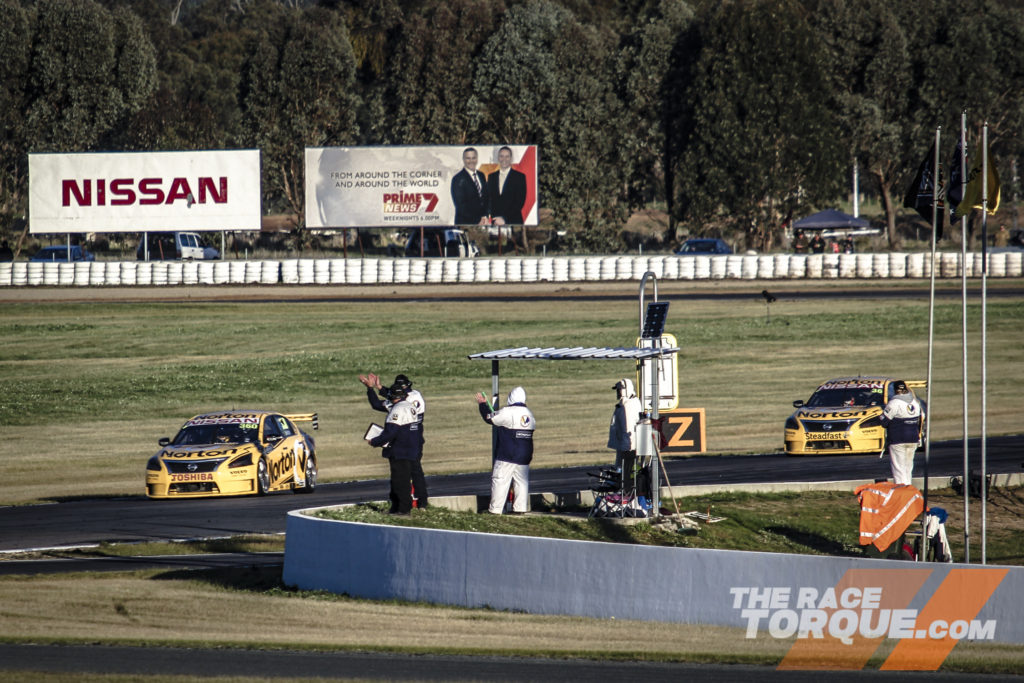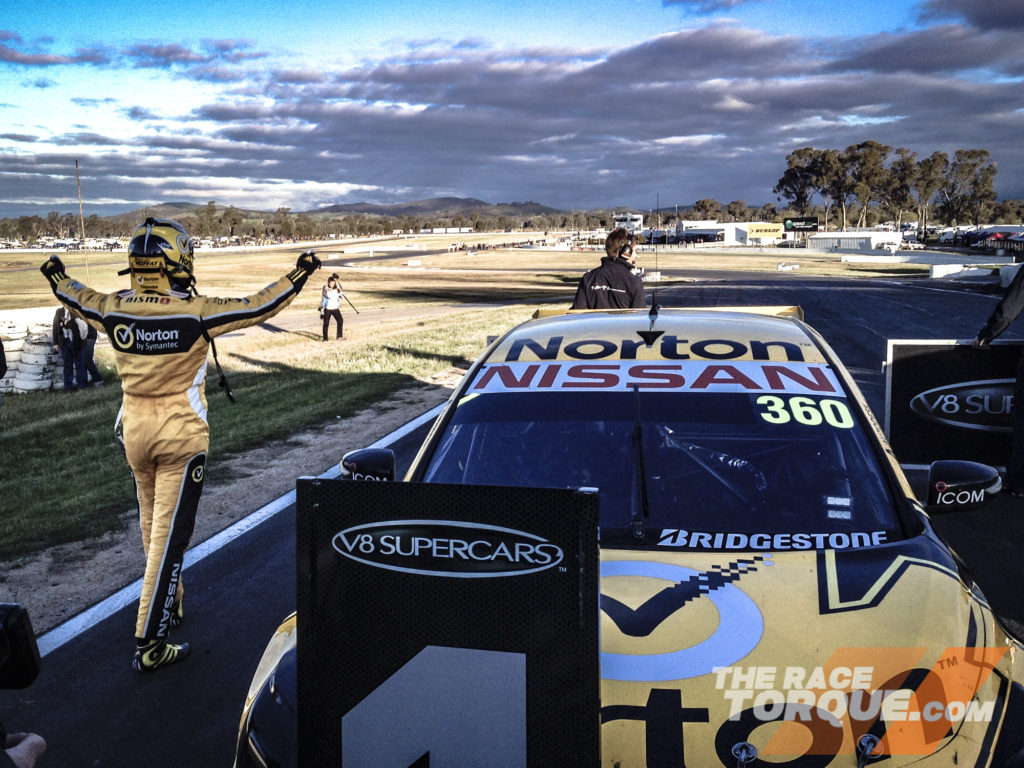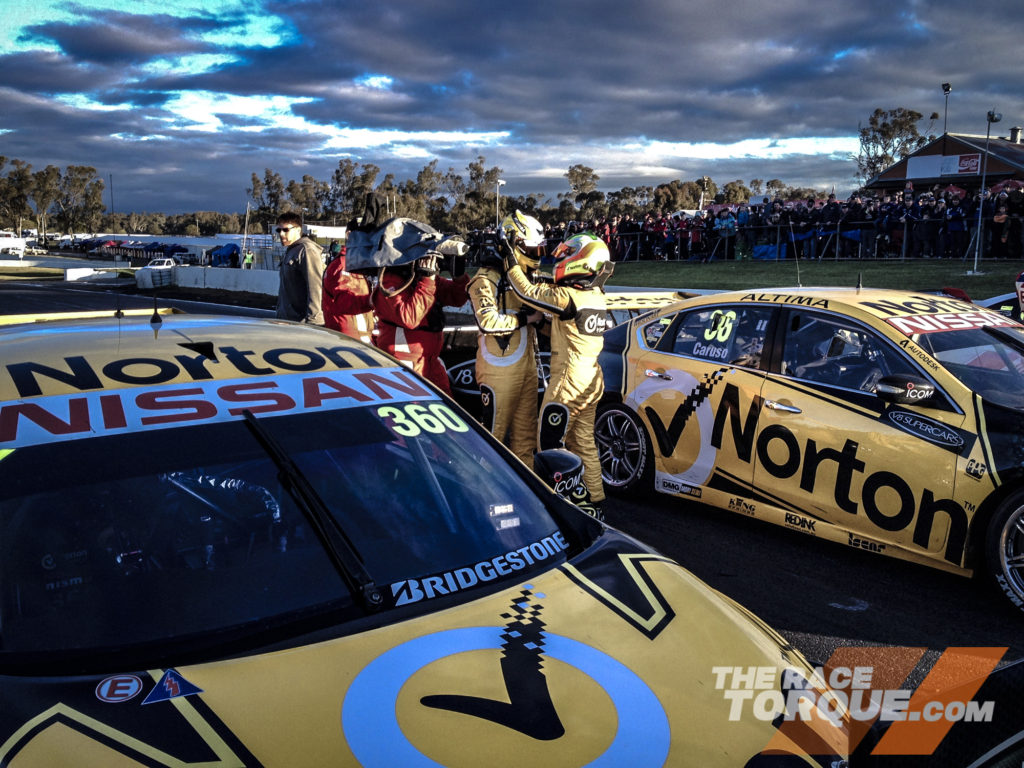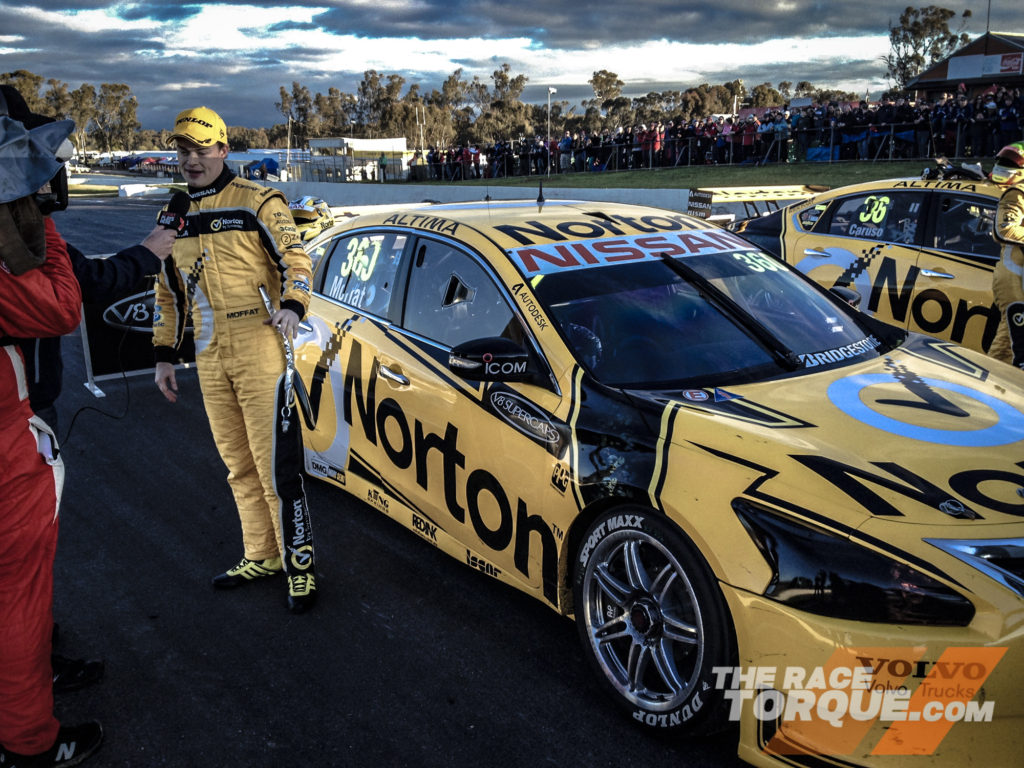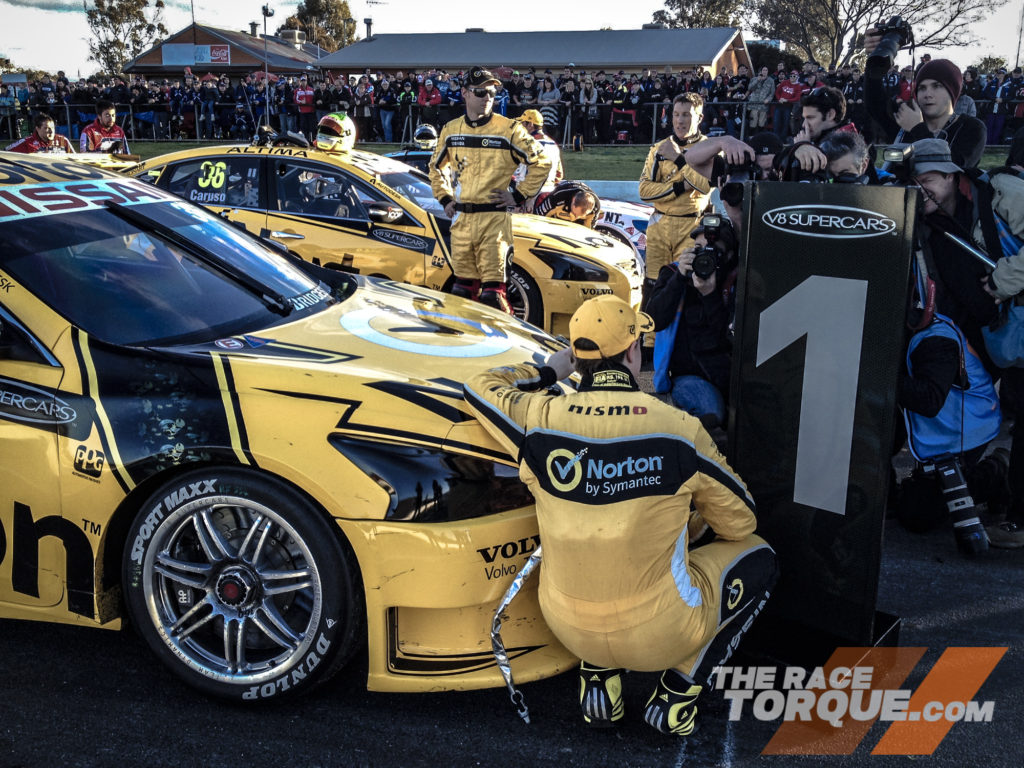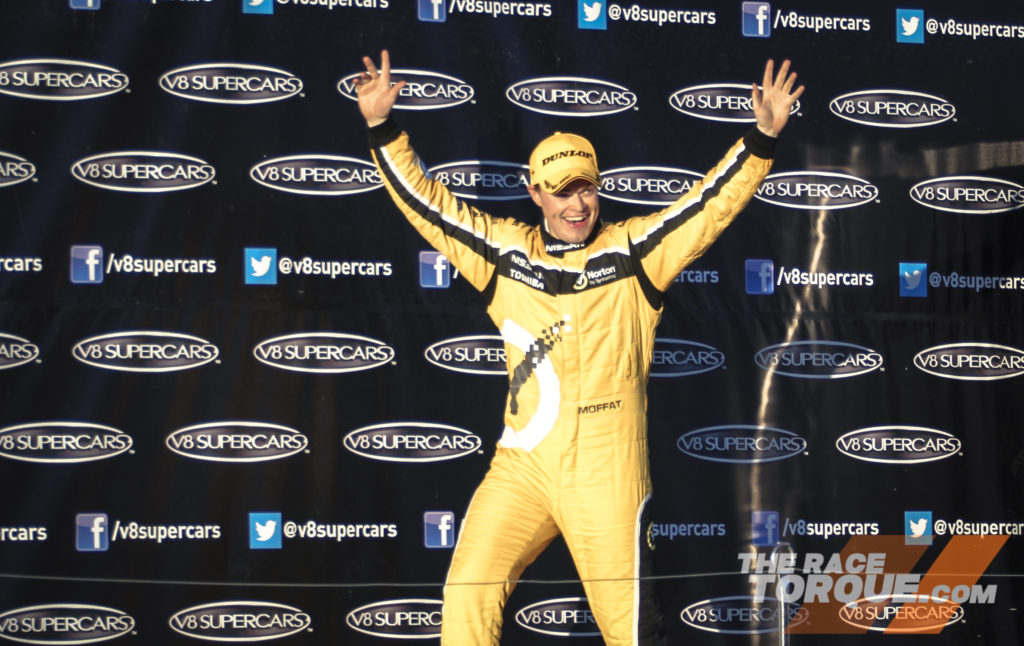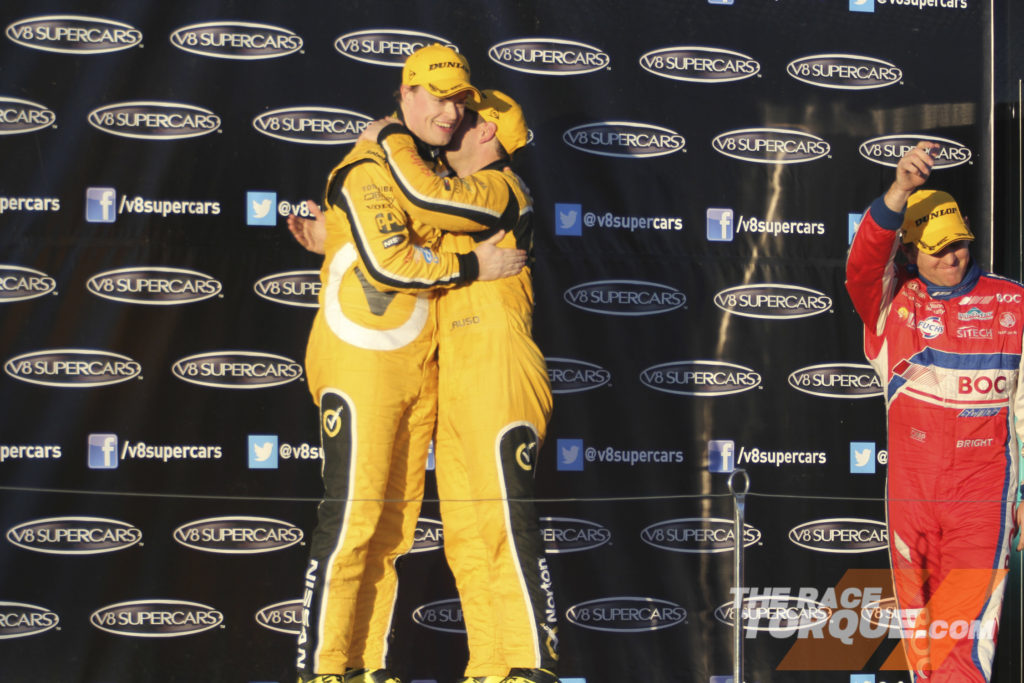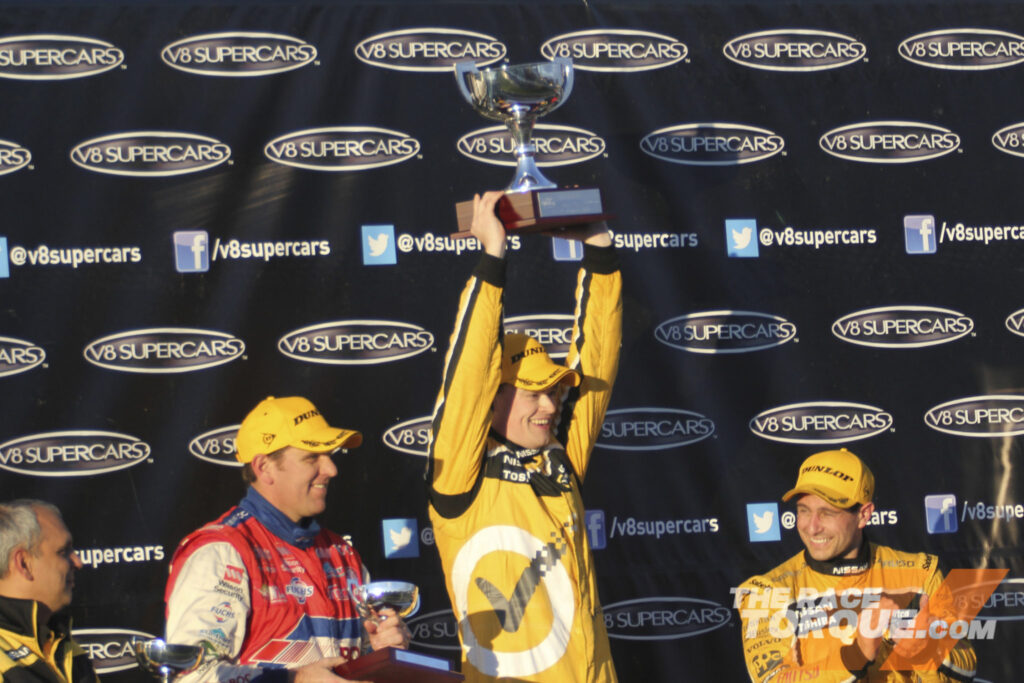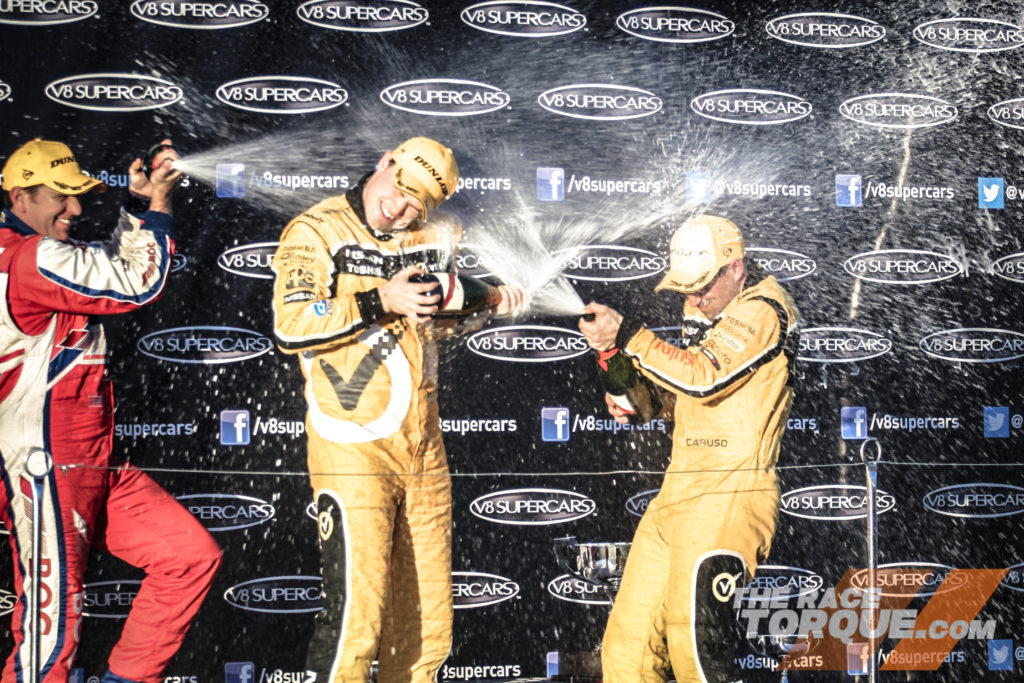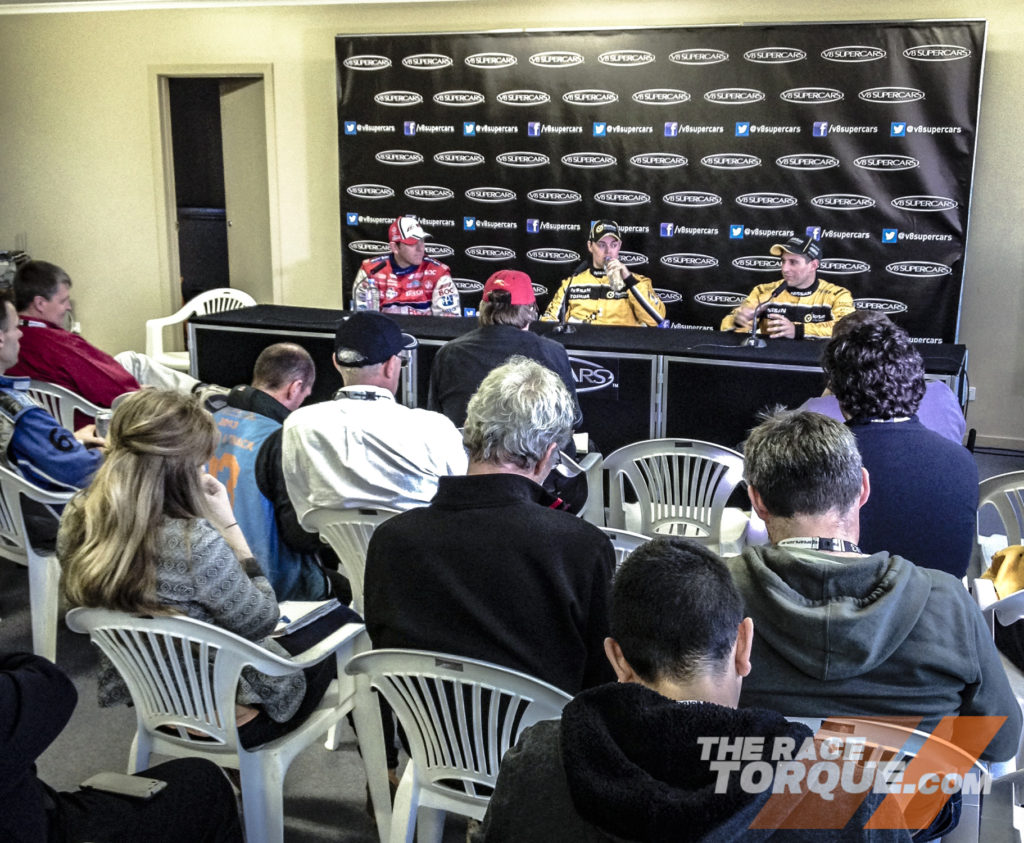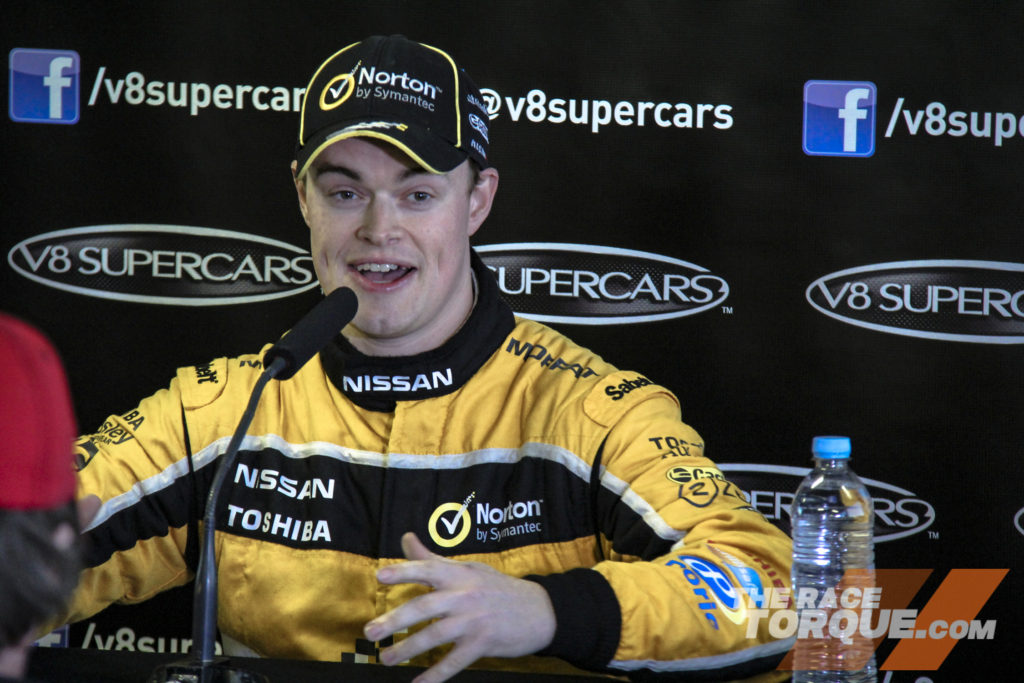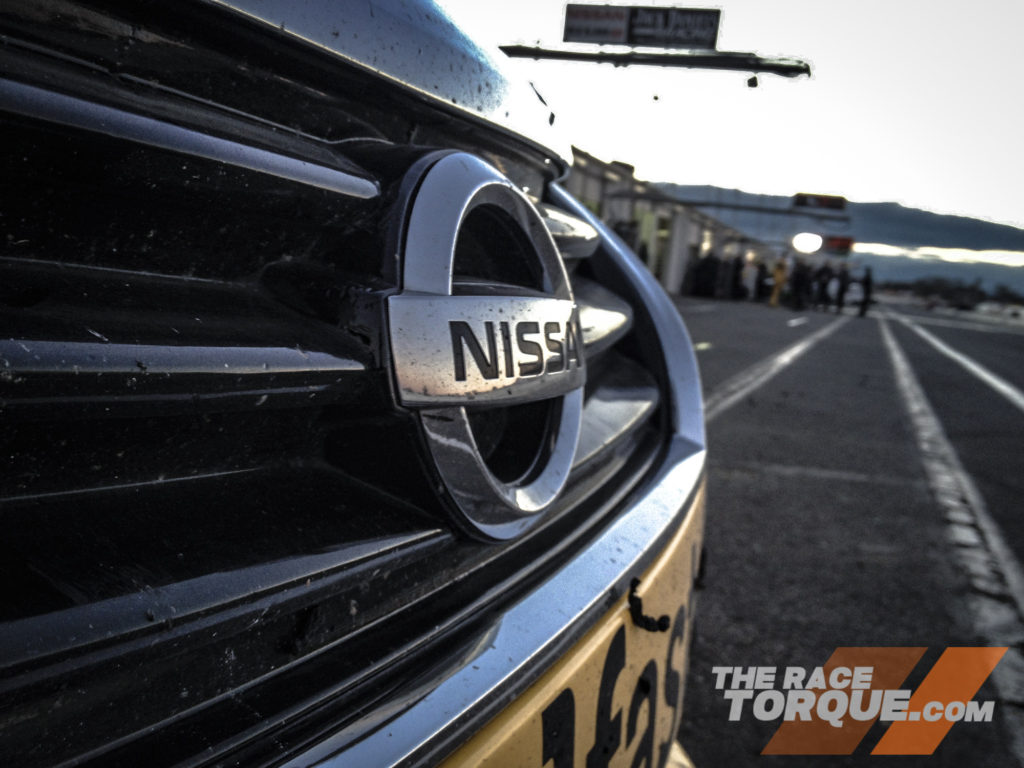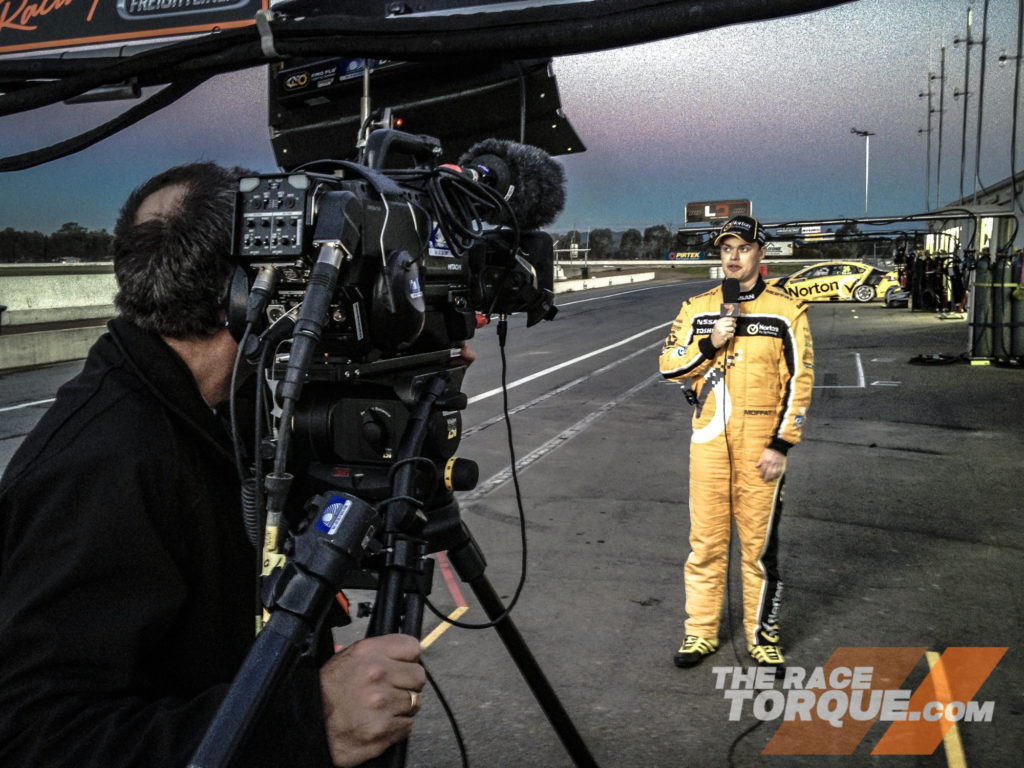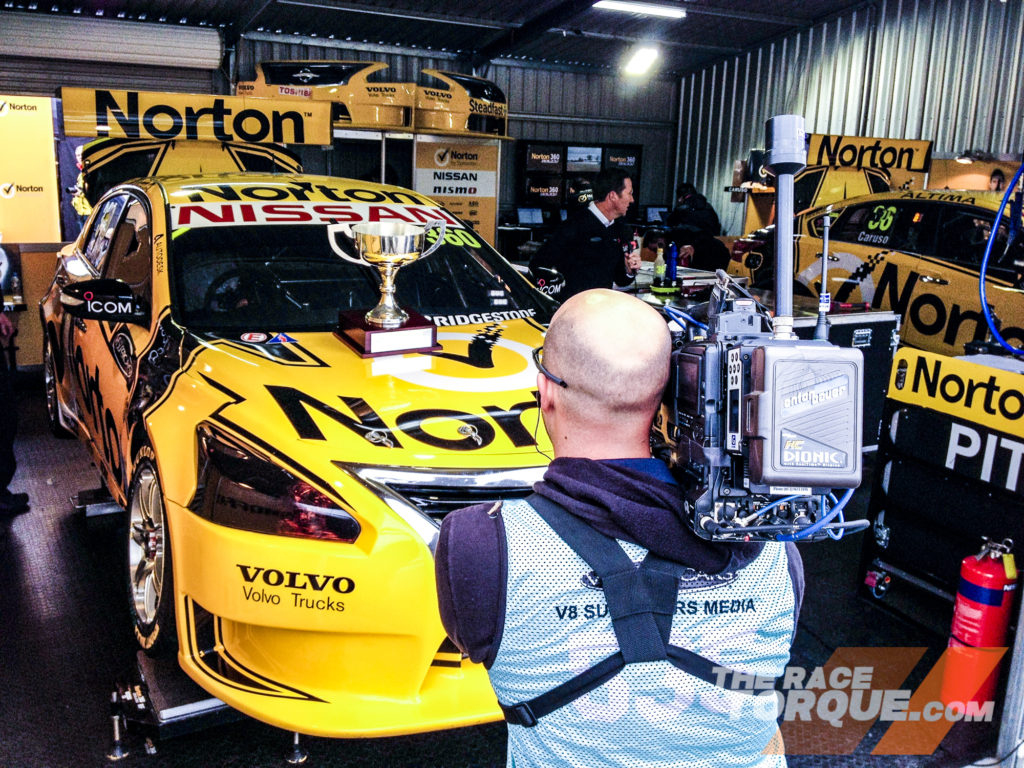Inside Nissan’s V8 Breakthrough
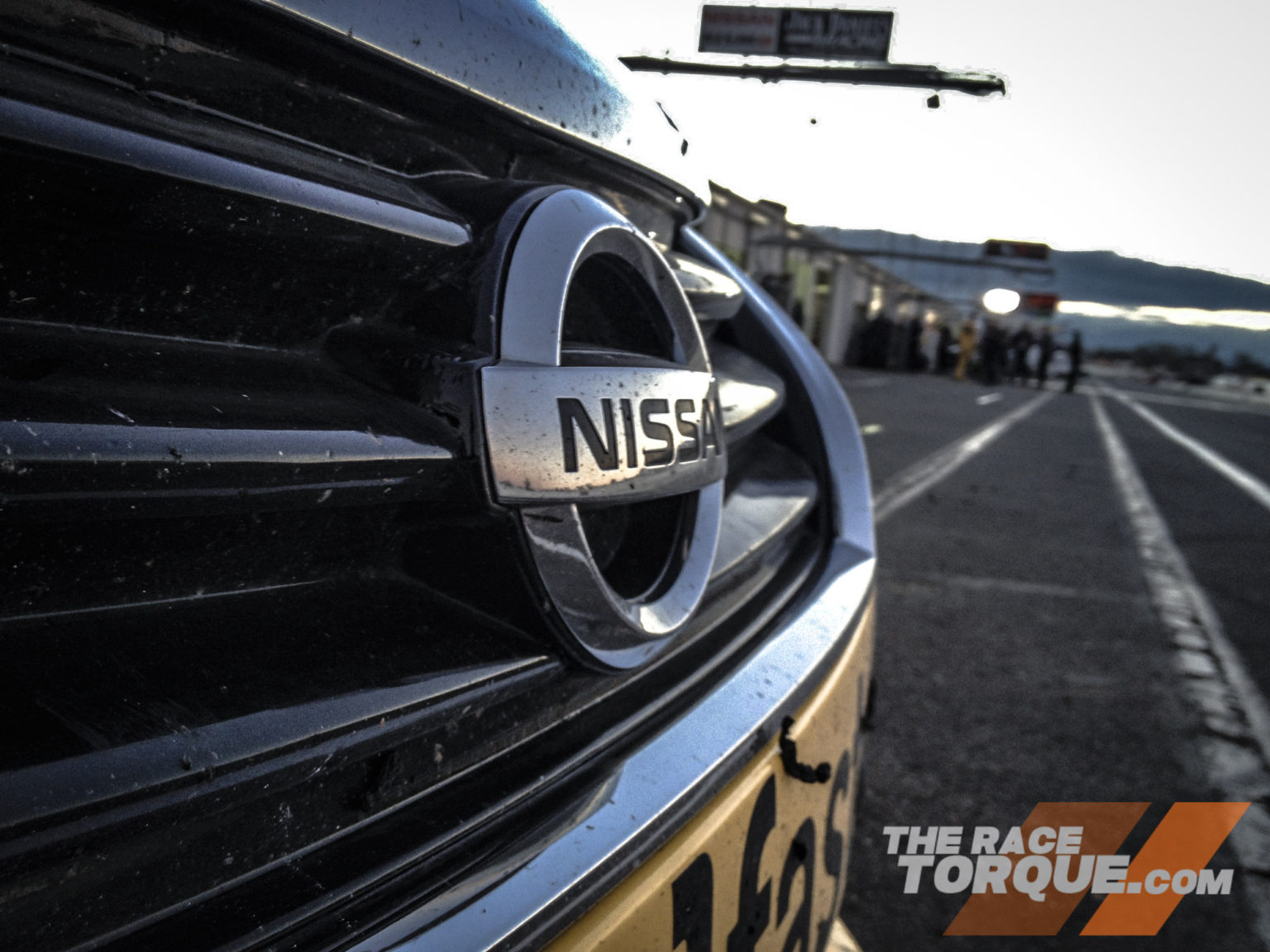
The 24th of August 2013 is a notable date in the history of Supercars competition—it was the first day that a manufacturer other than Holden or Ford won a race in our homegrown V8 touring car category.
Having seen the Car of the Future introduced at the start of the season, the new inclusions in Nissan and Erebus-AMG were up against the Holden and Ford opposition, which had a proven baseline to work from, especially in terms of powerplants.
Finding parity was a tough ask – especially regarding fuel economy.
Saying that, up until Winton, there was a real mixed bag of drivers reaching victory lane – all told, ten different drivers had stood on the top step of the podium, including at the most recent race at Queensland Raceway, where rookie Chaz Mostert dragged an unloved DJR Falcon to the front.
Of the newcomers, the AMGs were relatively behind the eight ball – between the team’s three drivers, Lee Holdsworth, Tim Slade and Maro Engel, the pickings were slim.
Their best performance up to Winton was Slade at Hidden Valley, a circuit where he excelled in claiming a best of sixth.
Nissan meanwhile featured more in the conversation.
From the first eight rounds, Rick Kelly had claimed eight top-tens with a best of fifth, while from the Norton side of the garage, James Moffat was in the top ten six times with a beat finish of eighth.
Todd Kelly and Michael Caruso each had one 10th place to their credit.
Winton was seen as somewhat of an equaliser for the Altimas—its compact layout would mask any straight-line engine or aero issues. However, the preliminaries weren’t smooth sailing for the squad, with Moffat backing his number 360 machine into the turn-four wall in pre-event testing.
Another change would come for the meet, with Moffat, Caruso, and Engel allowed to trial an E70 blend of fuel instead of the standard E85 in an effort to provide the quad-cam production-based engines with similar fuel consumption to the proven push-rod V8s.
The different fuel blend had been tried in the Jack Daniel’s cars of the Kelly brothers in testing.
Come race weekend, the Nissans were in the conversation – Moffat topped the charts in practice two and three, although they were knocked off the Saturday pole by reigning champion Jamie Whincup. Caruso would line up second ahead of Moffat in third.
Engel was the leading AMG, but he placed 24th in the 28-car field.
The Saturday afternoon race saw the 60-60 format pressed into service—a 120km race split by a half-time break, with a rolling start kicking off the final leg.
Whincup started strongly, however, he suffered a driveline drama in the opening portion of the race and was sidelined.
Caruso led away from the part two pole, but was jumped on the run through the first chicane by Moffat, with the pair largely unchallenged throughout.
Post-race, a hornet’s nest blew up in the media, driven largely by discontent from the Holden camp over the application of the E70 fuel – a change that was signed off by the V8 Supercars tech department after testing, plus the various team engine builders.
Ultimately, everyone ran E85 on the Sunday, with the wins being split between Mark Winterbottom and James Courtney.
Setup changes in the Nissan camp relegated the cars down the qualifying order, but they still showed strong pace in the races.
For that Winton weekend, The Race Torque was embedded within James Moffat’s camp as he claimed that historic win.
